Visit a chapel of bones and UNESCO Cathedral on an architectural tour of Kutna Hora
This website uses affiliate links which may earn a commission at no additional cost to you. As an Amazon Associate I earn from qualifying purchases.
Updated: 10th December 2020
Central Bohemia is a land that sounds equally charming and cryptic. A region rich in castles, hauntingly beautiful countryside, and deep valleys flanked by dense forests. Of course, the mystery fades away slightly when you learn the administrative centre of the region is Prague, one of the best city-break destinations in the world.
But take the short hop from Prague, and you’ll be transported deeper into the history and intrigue of the Czech Republic. One that shouldn’t be overlooked when visiting the capital.
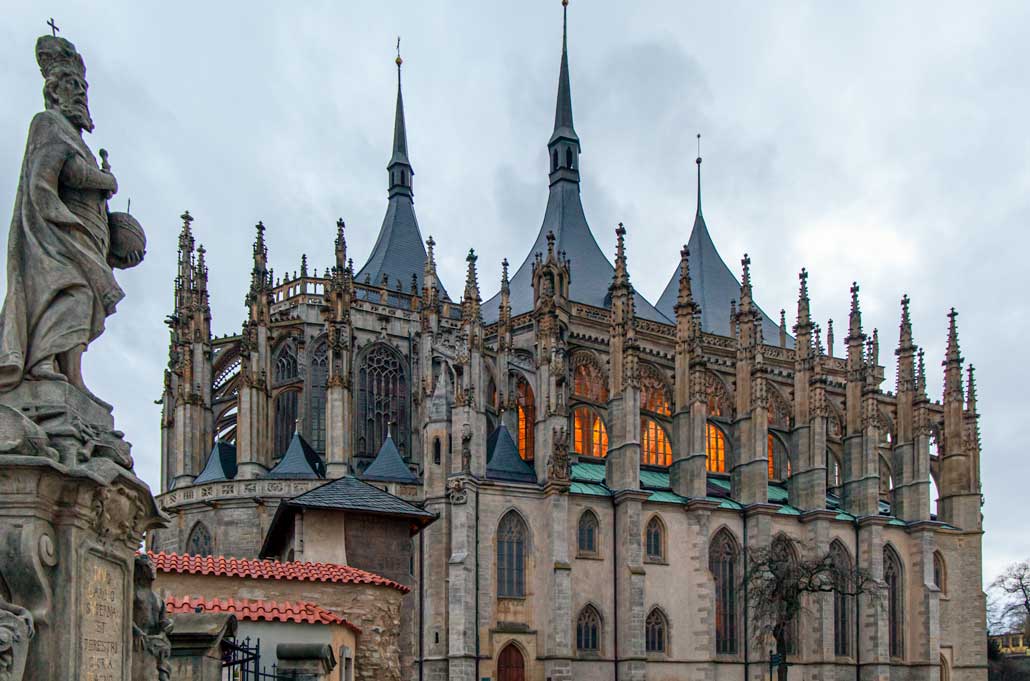
If you’re as intrigued by unique architecture and uncommon attractions as I am, then a Chapel of Bones is certain to pique your interest. A mere hour by train from Prague and you’ll arrive at Kutna Hora. Close to the edge of the Central Bohemia region, this old silver mining city makes for a perfect day trip, although an overnight stay will allow you the time to visit nearby Třebešice Castle and the charming town of Cáslav.
It was a dark winter’s day when I arrived at Kutna Hora. The clouds were dramatic and imposing. It was a perfect climate to set the stage for my first port of call, the Sedlec Ossuary.
Sedlec Ossuary: the chapel of bones
Situated in the suburbs of the city, underneath the cemetery of the former Sedlec Abbey, the Sedlec Ossuary is one of the most Europe’s most unique destinations and religious sites.
Nicknamed the ‘Church of Bones’ – which doesn’t leave too much to the imagination – a rather bland entrance will take you to this creepy cave-like setting.
Here, in the chapel, a very unique type of decoration can be visited. Some 40,000 human skeletons adorn the walls, ceiling and pillars. Arranged into chandeliers, towers and even coats of arms, it’s quite overwhelming, even if the nickname has somewhat prepared you for what you’ll see.
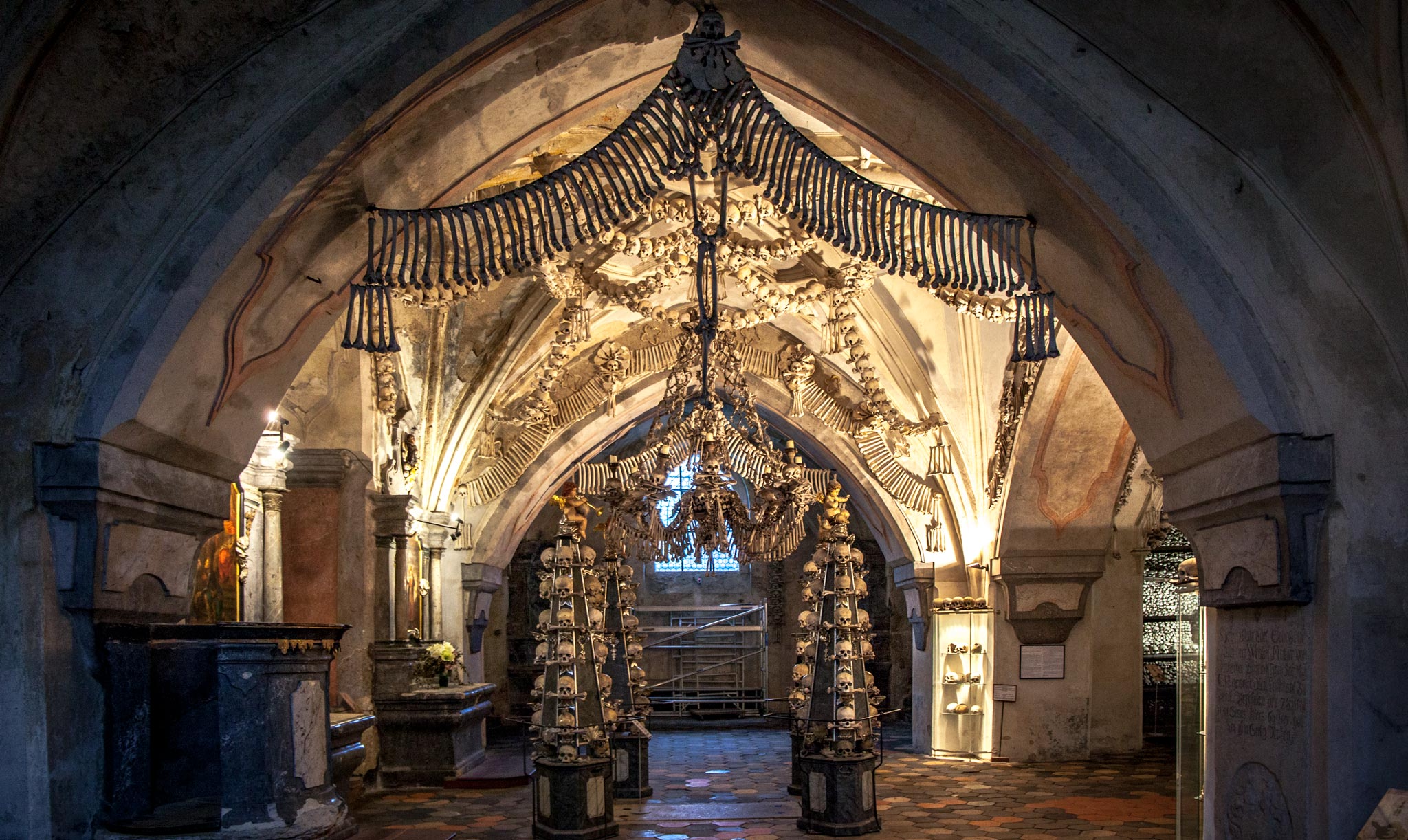
Taking centre stage, so to speak, is the vast hanging chandelier. Reportedly containing at least one of every bone that we humans have in our bodies, it’s certainly a claim that not many light fittings can make.
But why, I hear you ask?
Well, for that, we need to take a little history lesson – back to the days of Bohemia. Nearly 800 hundred years ago, the Abbot of this very abbey was sent to Jerusalem by the then Kind. On his return, he brought back a particular souvenir: a jar of soil.
This soil wasn’t just dirt, though; it was ‘Holy Soil’—thus creating a surge in those who wanted to be laid to rest in this very spot. With soaring numbers, the cemetery was expanded, and with it, the church was constructed. The basement of this church became Sedlec Ossuary, a space to house the ever-growing number of bones. Fast-forward to the 19th century, and the bones were rearranged into the current situation we can see today.
It’s certainly a bizarre sight to bear witness to. But the belief is these bodies wished to rest in the space of the ‘Holy Soil’ – and here they continue to.
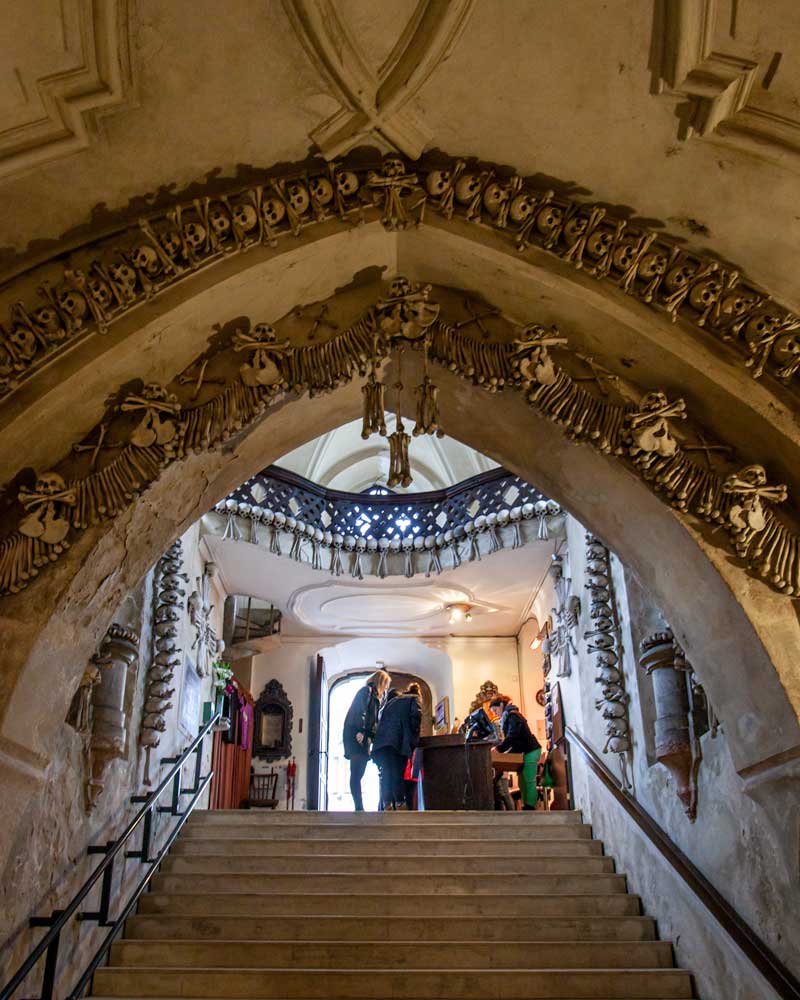
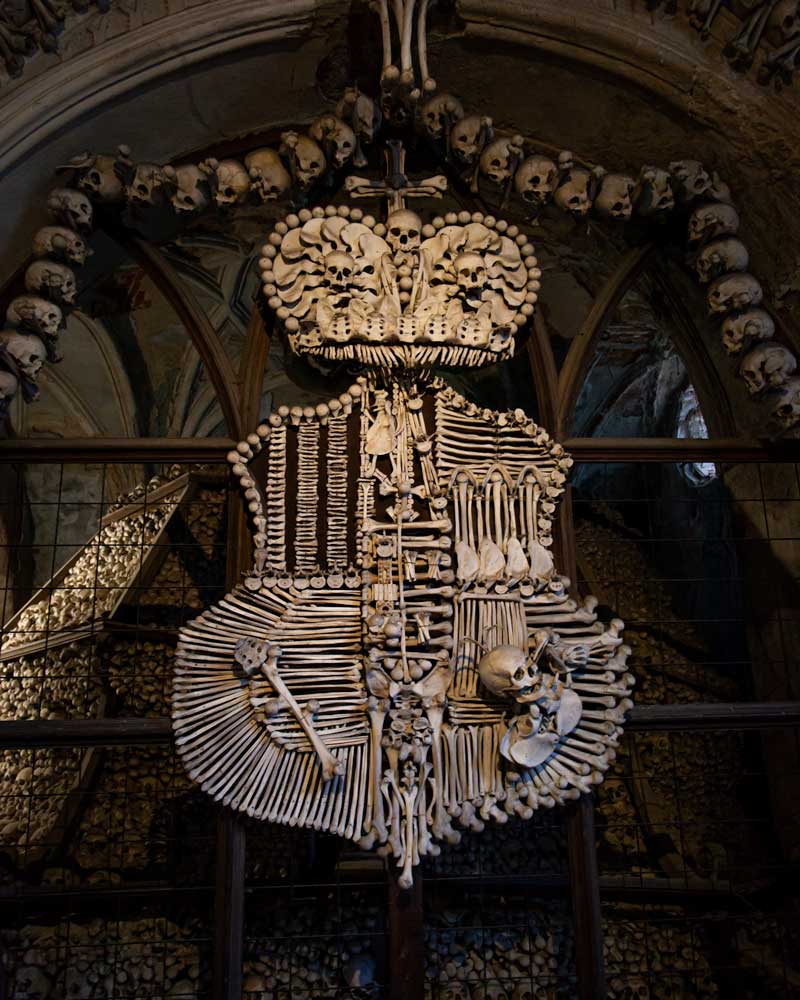
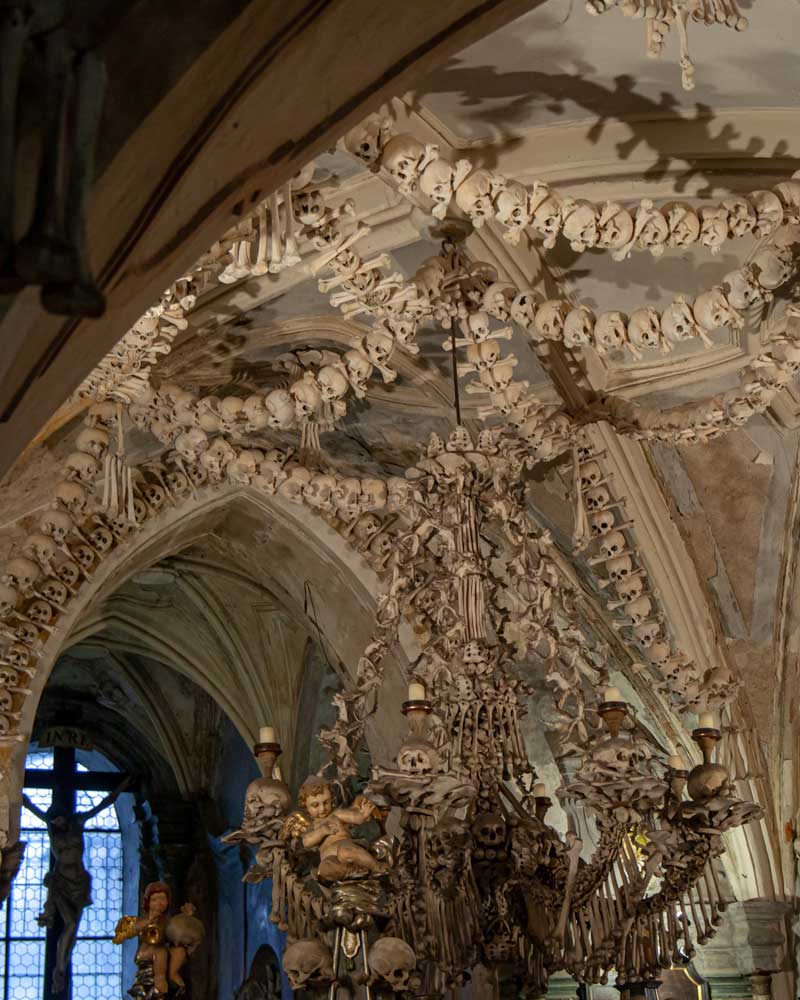
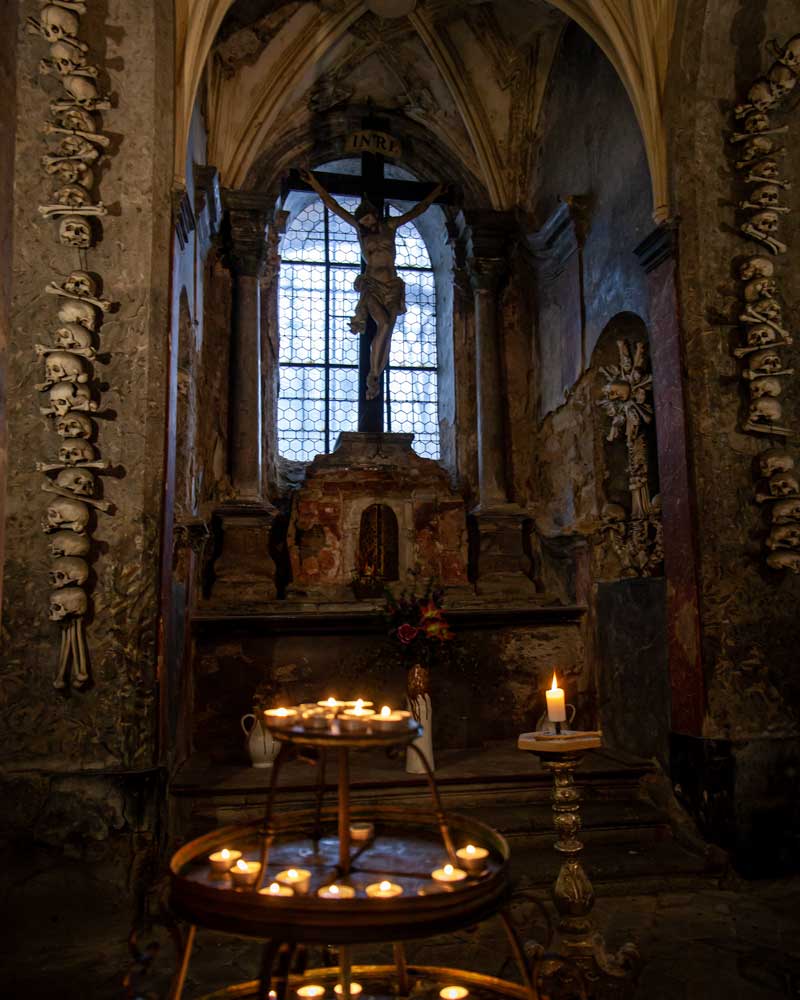
The UNESCO St Barbara’s Cathedral
With a slight chill in the air and arguably in my soul, I continued my tour to St Barbara’s Cathedral.
On the approach to the Cathedral, walking past the grand Jesuit College, statues of angels and sad faces loom over you to the left as the imposing Cathedral gets ever closer – adding to the eerie atmosphere of this fascinating destination.
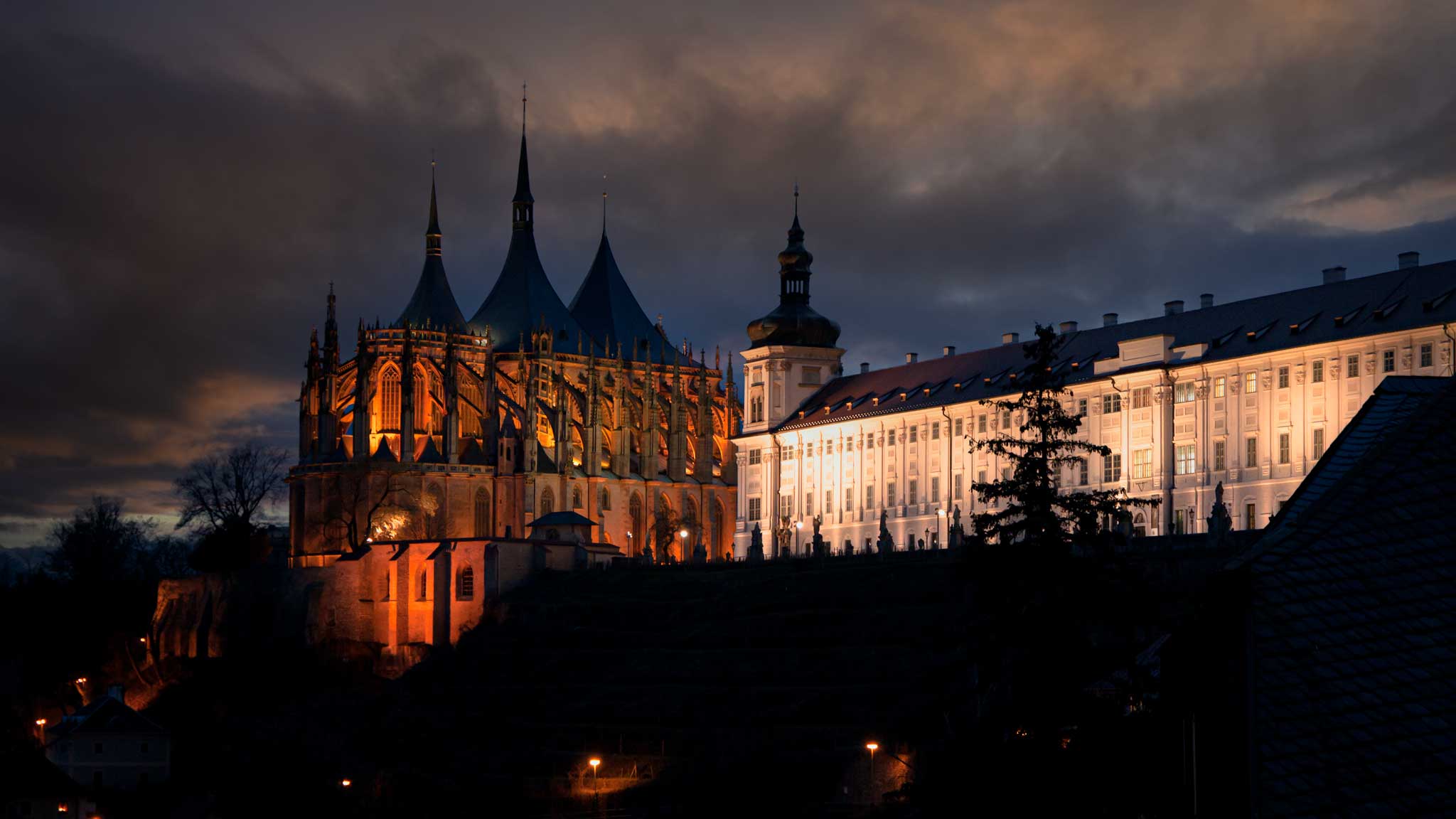
One of the most famous Gothic churches in the world, it’s magnificent from every angle, both inside and outside. It’s made even more interesting due to the work which has taken place on it over hundreds of years, blending Baroque features from its restoration, all of which earned its place on the UNESCO World Heritage list.
Inside, vaulted ceiling and delightful frescoes, painting a picture of the old mining days await. It’s a true masterpiece, and honestly, while my travel through Europe often has me a bit fatigued by churches and cathedrals, sometimes they can still genuinely make my jaw drop.
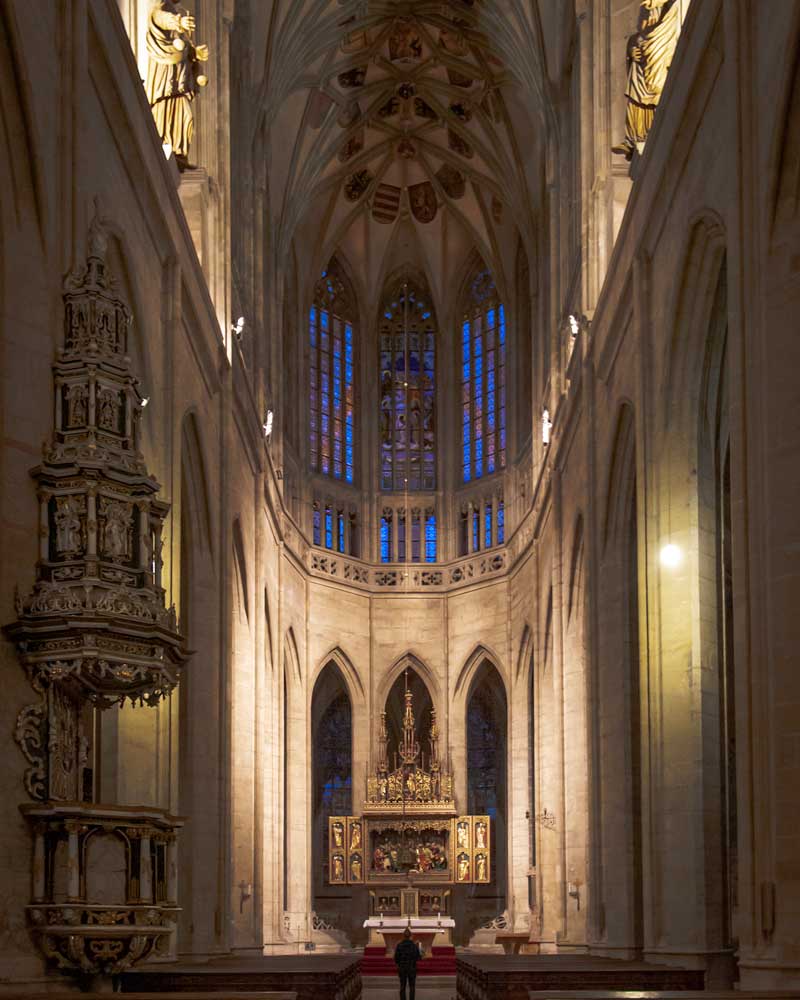
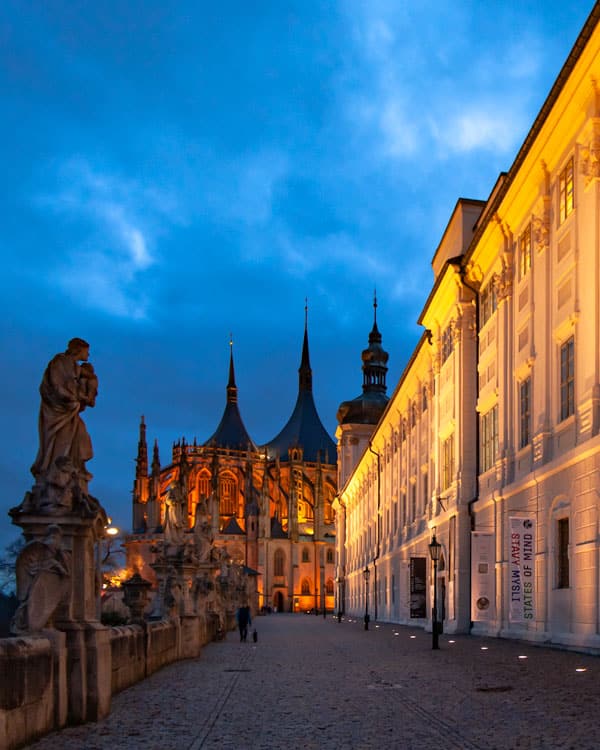
What else to experience in Kutna Hora?
While Kutna Hora may sound like a haunted place of dramatic stories and creepy chapels, the city itself is actually very inviting.
Warm and welcoming cafes serve up cappuccinos and local plum cakes while greenery and trees spread out into Bohemia. Venture inside the old neighbourhoods will allow you to experience more of the city.
The Italian Courtyard, once the Royal Central Mint of Prague until a fire put an end to that, is home to a grand palace and, nowadays, the town hall and a minting museum. Dating back to the 14th century, it was once a castle, complete with a moat, where the town’s silver would be stored. You can enter the museum and the royal chapel to witness the history – the interior of the chapel is particularly impressive.
Inside the Jesuit College, next to St Barbara’s, is now the Central Bohemia Gallery, housing a collection of 20th and 21st-century art. The Early Baroque architecture of the building is another dimension to admire alongside the exposition, especially in the halls with the frescoes still exposed on the ceilings.
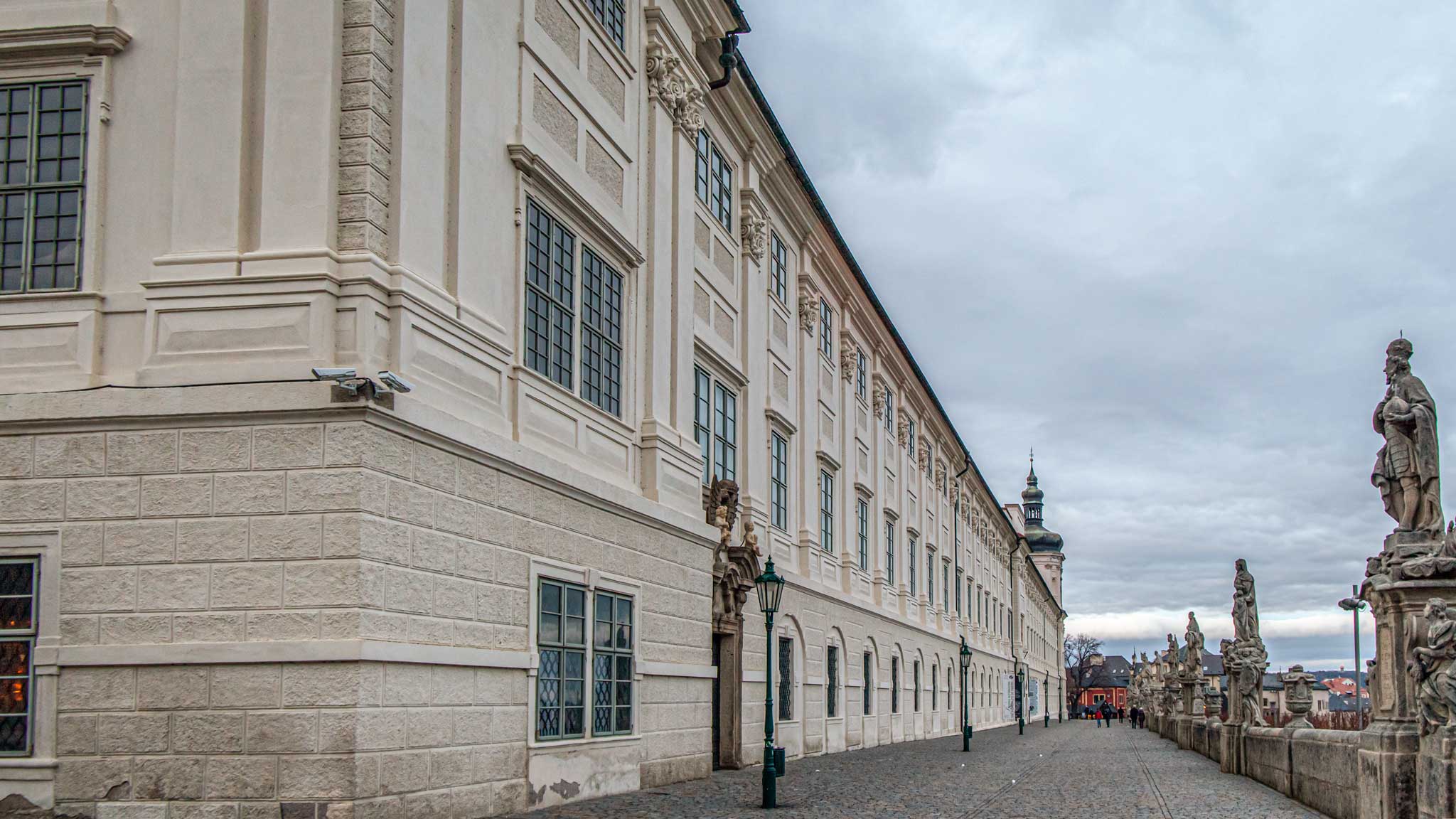
More than anything, though, a day trip to Kutna Hora provides the chance for a change of pace. With the capital, one of the (deservedly) top city destinations in the world, the smaller regional cities and towns offer a chance to slow down, wander without crowds, and take a more authentic look at the Czech Republic than you’ll likely find in the touristy beer-halls off Prague’s Old Town Square.
If you have an interest in unique architecture and bone-chilling stories, then Kutna Hora is the one for you – or perhaps you want a spa-town escape steeped in history; in that case, consider visiting Karlovy Vary or the lake and castle-adorned South Bohemia region to see another side of the country.
Continue planning your trip to the Czech Republic on https://www.visitczechrepublic.com/




Woahh! are there signs to distinguish who the bone belongs to? that looks creepy but astonishing at the same time.
No there aren’t, I don’t even know if they have that info.
Wow! Those churches are really amazing. I’ve never visited one of those.
Pretty unique eh!
My god! Those pictures of Sedlec Ossuary……Never knew a place like this exists. Though it’s a religious place, but I don’t know if I’ll ever have the courage to visit it.
It’s very fascinating, I think when you enter and learn about the history and how/why people wanted to be laid to rest in this location, it makes it a little less daunting.